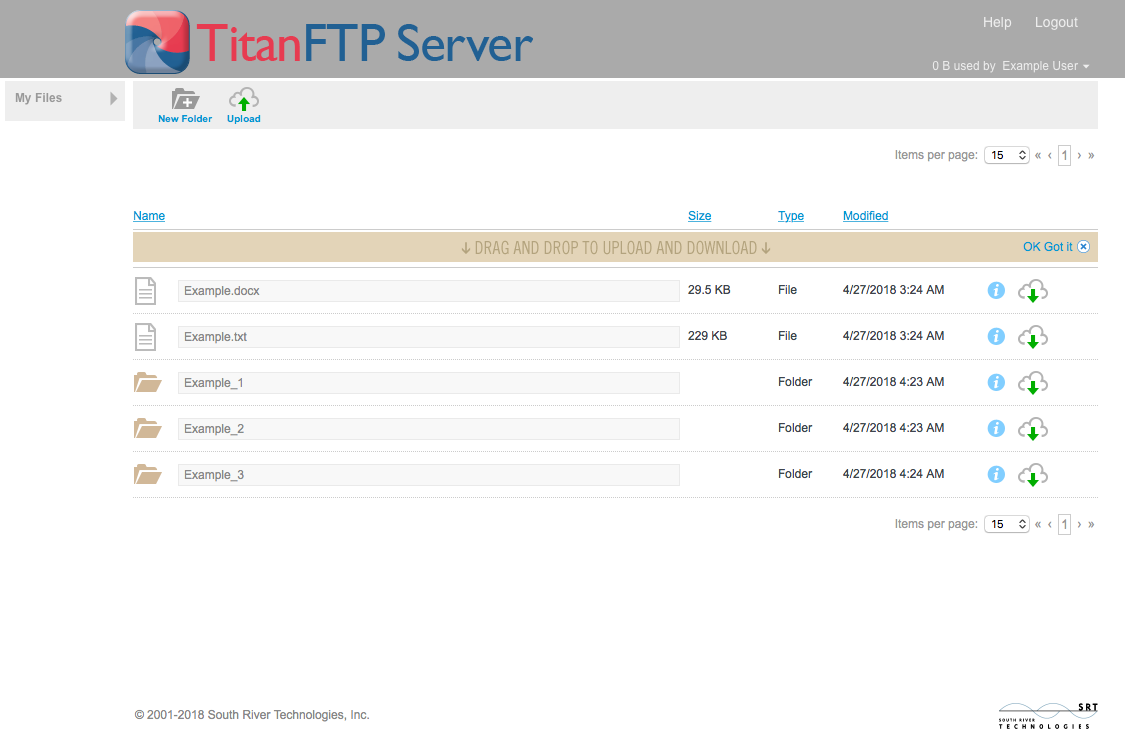
Most small business owners think that content is just another tool that will help their website rank better in searches. With this mindset, content is not fully maximized and its power isn’t truly unlocked. When it comes to the principles of content strategy, good content should be easy to find, read, understand, share and actionable.
For individuals who are torn between content strategy and SEO, they’d be happy to find out that the two actually intersect in more ways than one. So how exactly do these two concepts collide with each other? First off, business owners need to understand exactly what their consumers prefer and want to discover and share, information-wise. These preferences come in the form of keywords which are central in SEO. If consumers have a high likelihood of using certain keywords when they’re making searches on Google or Yahoo!, then chances are that these are the topics which they want to know more about.
Using the right keywords allows your content to be easily found. But writing something just for the sake of pleasing the search engines is a short-sighted strategy offering only short-term benefits. Aside from worrying about whether or not readers will find your content, it’s crucial that you also think about whether they will be excited to consume and share your content once they eventually find it.
Customers will find your content easy to consume and share if it’s written in a tone that empathizes with them and their needs. Think of it this way, searchers click on your website because they thought that your content title was interesting and promising. But when they read halfway through the first paragraph, they find out that the rest of the write-up will be nothing but re-hashed common sense ideas which aren’t particularly helpful or relevant to what they are looking for, and they move on. In the case, your content was easy to find but readers weren’t thrilled to consume or share it.
Part of a good content strategy is coming up with an editorial plan which should include content types, the general topics and the different keywords which they have been optimized for. At the same time, this plan should indicate if the content may and where they can be re-published or re-purposed. Finally, an editorial plan should provide the different channels of distribution which will be used in the promotion and sharing of content through the web.
Your author Chris writes from real world experience building businesses and closing sales. His company Surefire Social specializes in local business marketing









Comments